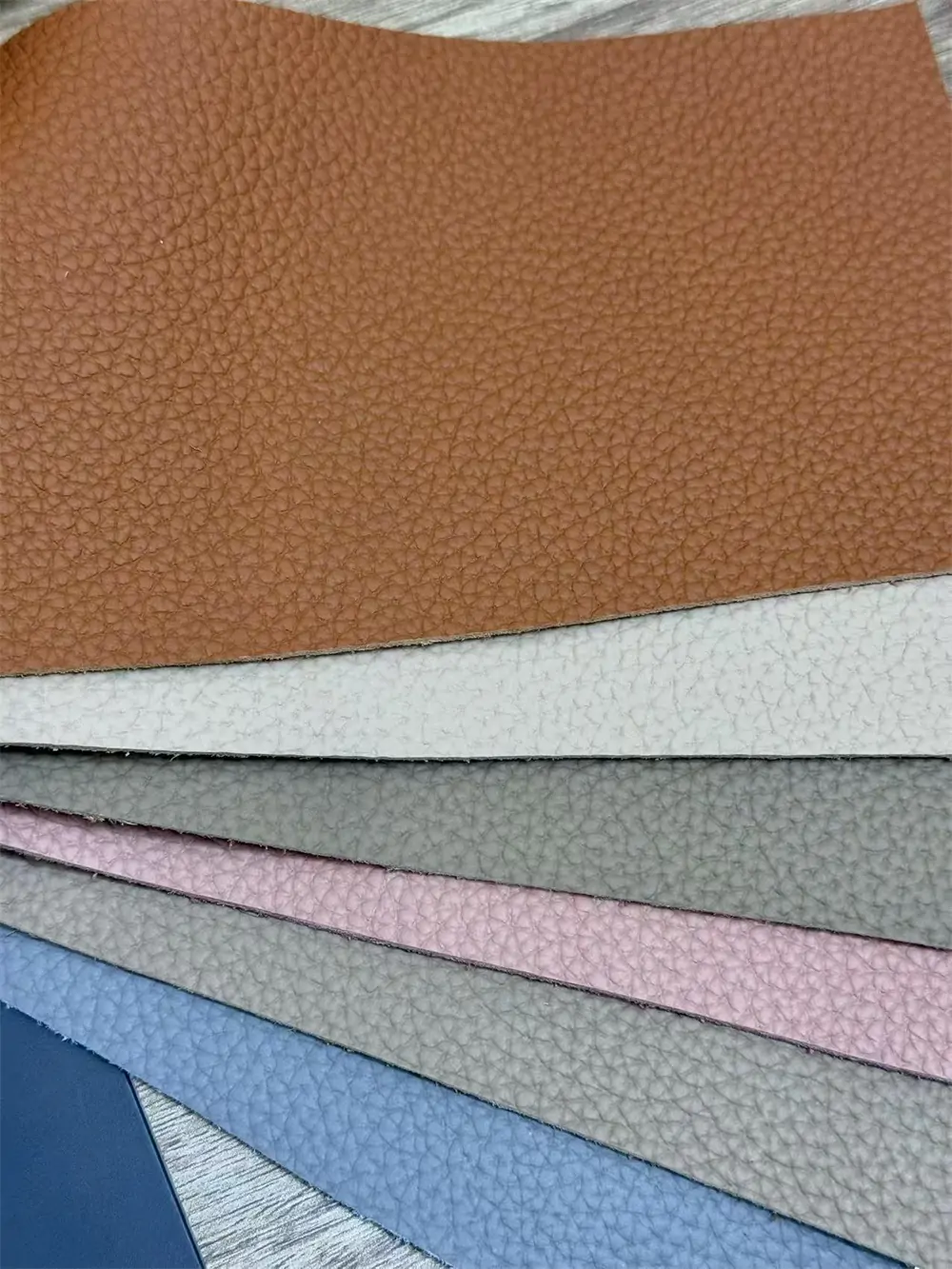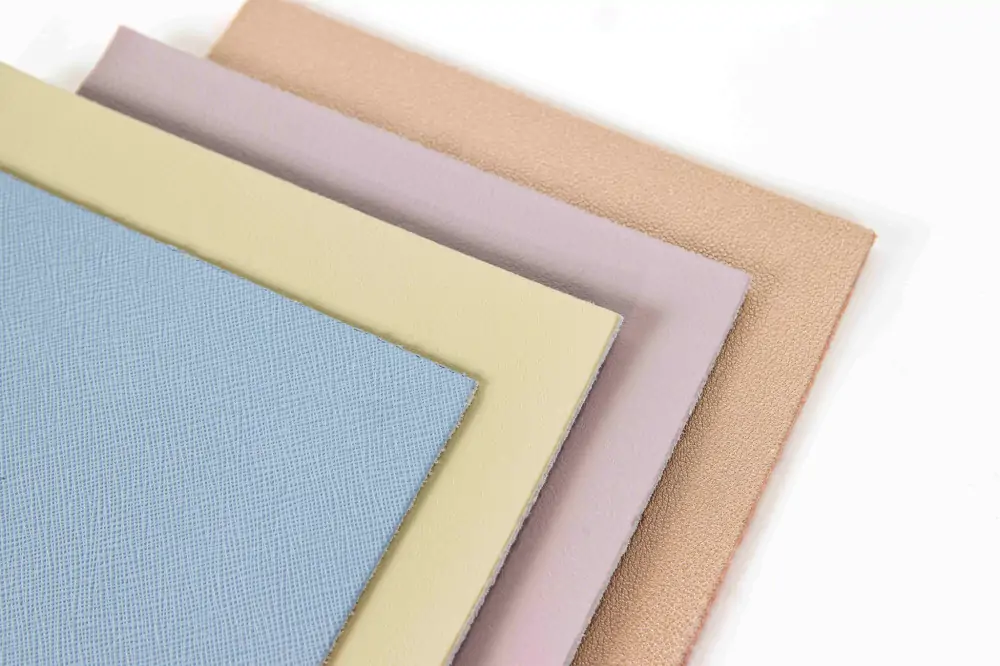When investing in a premium bag, durability is often the first consideration. After all, a bag is more than a fashion statement—it’s a daily companion that must withstand years of use while maintaining its charm. This brings us to a key question: what is the most durable type of leather for bags? Understanding the answer not only helps in making a smarter purchase but also ensures that your investment becomes a long-term part of your wardrobe.
Leather quality, tanning methods, and craftsmanship all play important roles in determining longevity. In this guide, we’ll explore different material types, highlight their unique strengths, and provide tips for ensuring your leather bag stands the test of time.
A high-quality leather bag is not just a seasonal accessory but a product designed for decades of use. This is why knowing what is the most durable type of leather matters for buyers. Bags face constant exposure to friction, weight, and environmental conditions, so the wrong choice of material may wear out faster than expected.
Durability guarantees that the bag retains its structure and beauty, making it a functional and stylish companion for years. Choosing the right type also minimizes waste, since fewer replacements are needed, aligning with sustainable values.
Leather is unique because it develops character over time, aging into a patina that enhances rather than diminishes its beauty. However, only durable leathers achieve this gracefully. For this reason, when people ask what is the most durable type of leather, the answer directly influences both practicality and appearance.
A good bag should balance visual appeal with performance, ensuring that every scratch and crease contributes to its unique story instead of premature deterioration.
Among the types of leather for bags, full-grain is widely regarded as the strongest and most resilient. It comes from the outermost layer of the hide, retaining its natural grain. This structure makes it tough, resistant to moisture, and capable of developing a deep, attractive patina over time.
When asked what is the most durable type of leather, experts almost always recommend full-grain. Its ability to endure decades of wear makes it a top choice for premium bags. While it is more expensive, the investment is justified by its exceptional longevity.

Top-grain leather is another popular choice, often slightly more affordable than full-grain. While it undergoes sanding and finishing to smooth out imperfections, this process makes it less rugged than full-grain. Still, when considering what is the most durable type of leather, top-grain remains an excellent option for those seeking durability with a more refined look.

It is also easier to work with, making it ideal for sleek, structured bags that require precise shaping and a polished surface.
Genuine leather often causes confusion. Despite its name, it is not the most durable type of leather. This material is made from the lower layers of the hide and typically coated to improve appearance. While it may look good initially, it lacks the strength of higher-grade leathers and tends to show wear much faster.
For anyone prioritizing durability, genuine leather may be suitable for casual use but not for long-term investment pieces.
Some buyers look to exotic materials like crocodile, ostrich, or snakeskin. These are visually striking, but the question remains: are they the most durable type of leather? In many cases, exotic leathers are delicate and require specialized care. While they add unique appeal, they are not always as strong as full-grain cowhide, making them better suited for occasional wear.
Their durability depends heavily on usage habits and maintenance routines.
Tanning plays a significant role in determining what is the most durable type of leather. Vegetable-tanned leather, made using natural plant extracts, is sturdy and ages beautifully. It stiffens initially but softens over time, developing a rich patina that enhances its aesthetic value.
This tanning process is eco-friendly and ideal for artisanal bags that emphasize craftsmanship and longevity.
In contrast, chrome tanning uses chemical processes to create a softer, more pliable material. While not always the most durable type of leather, chrome-tanned products are resistant to water and staining, making them versatile for everyday use. Many modern bags combine both tanning techniques to achieve the perfect balance of durability and flexibility.
The choice between vegetable and chrome tanning often depends on whether you prioritize strength, sustainability, or convenience.
Even the most durable type of leather can deteriorate without proper care. That’s why understanding how to store leather bags is essential. Store them in a cool, dry place, away from direct sunlight, and always use dust bags to prevent scratches. Filling the bag with tissue paper helps maintain its shape, while avoiding plastic covers ensures the leather can breathe.
Proper storage habits significantly extend the lifespan of your investment, keeping it looking pristine for years.
Maintenance is another vital factor. Cleaning your bag with a soft cloth and applying leather conditioner prevents drying and cracking. Even the most durable type of leather benefits from routine care, as this preserves its natural oils and enhances its resistance to wear.
Consistency is key; treating the leather every few months can prevent long-term damage and maintain its luxurious feel.
For corporate environments or frequent travelers, full-grain and top-grain leathers are the most practical. They not only answer the question of what is the most durable type of leather but also provide the polished, professional appearance demanded in business settings.
Their resilience ensures that heavy use—whether carrying laptops, documents, or essentials—does not compromise their form or function.
For those who prioritize individuality, softer or treated leathers may appeal. They might not always be the most durable type of leather, but they offer flexibility, lightweight comfort, and unique textures. When combined with proper care, even less rugged leathers can last a significant amount of time.
The choice ultimately comes down to aligning durability with lifestyle needs and personal preferences.
When evaluating what is the most durable type of leather for bags, full-grain leather consistently emerges as the leader. Its unmatched strength, natural grain, and ability to age beautifully make it the gold standard for long-lasting designs. However, factors like tanning methods, craftsmanship, and maintenance are equally important in ensuring longevity.
By understanding the different types of leather for bags, caring properly for them, and learning how to store leather bags, you can make sure your purchase remains a reliable, stylish companion for many years. In the end, durability is not just about the leather itself—it’s about how you choose, use, and care for it.